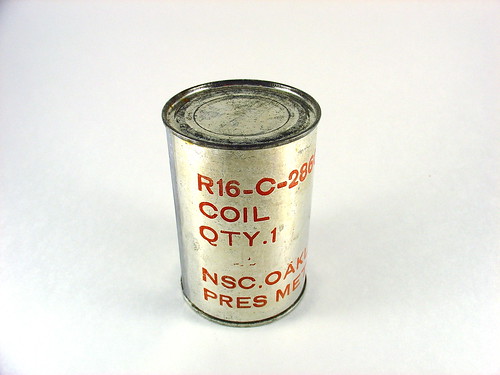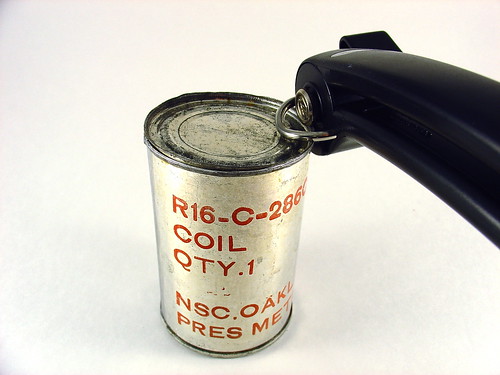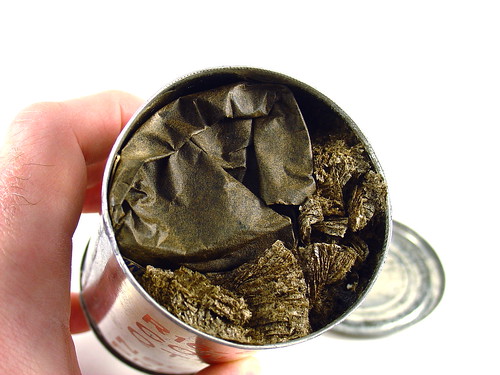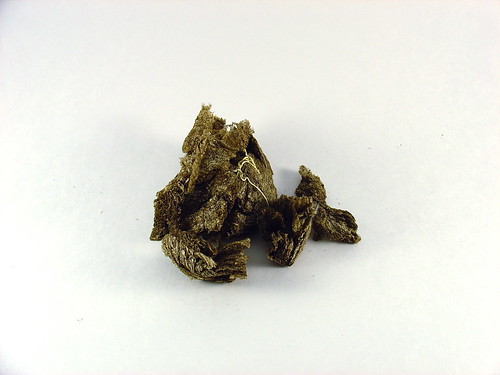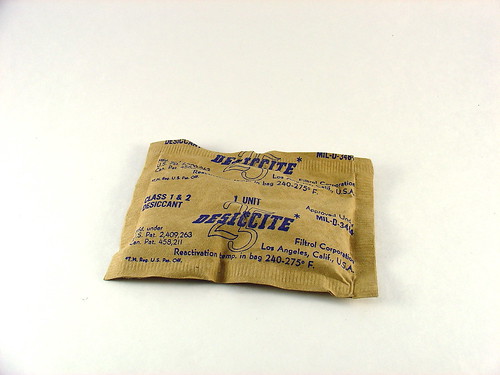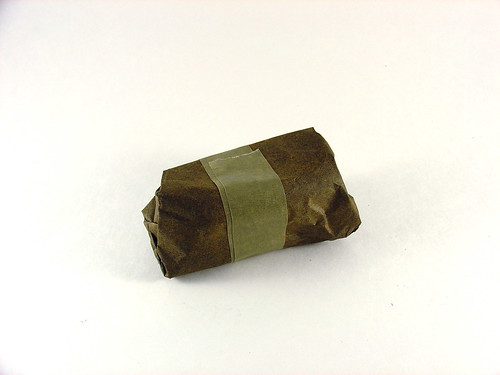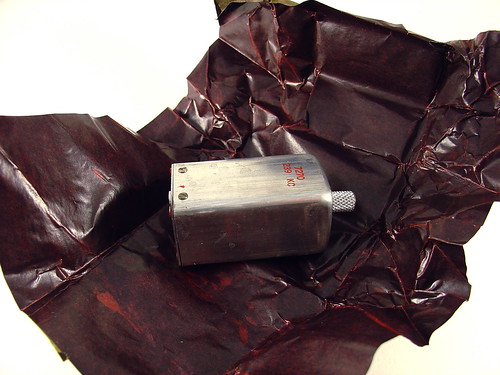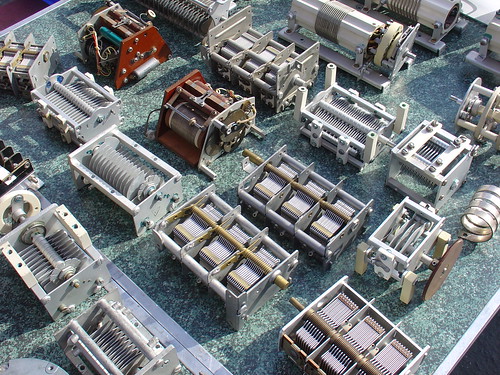AVR microcontrollers use “fuse bits” to set various operational parameters of the device, such as the speed of the internal oscillator or the watchdog timer settings.
Most fuse bits can be set or reset without worry, that is, they can be flashed into one state and then flashed back again using an SPI programmer like the USBTinyISP.
However, some fuse bits are irreversable or at least awkward to change, similar to the code protection bits on a PIC microcontroller.
One example is the RSTDISBL fuse. This fuse allows bit 6 of PORTC to be used as a general purpose I/O pin instead of the RESET pin. Well, it turns out that SPI programmers need the RESET pin to flash the device. (RESET is set as part of the routine to enter serial programming mode.) Once the RSTDISBL fuse is set, no more SPI flashing is possible. The only way to recover is with a high voltage programmer like the STK500, which I don’t have.
Too bad I didn’t realize that beforehand.
At least I’m not the only person who has done this before: http://support.atmel.no/bin/customer?=&action=viewKbEntry&id=13
Update: It’s alive!!! I made a high voltage parallel programmer out of an Arduino, flashed the fuses back again, and the AVR came back to life. The parallel programming protocol is well documented in the datasheet for the part and pretty straightforward. I think I’ll transfer the circuit onto a perfboard just in case I ever need to do this again!

